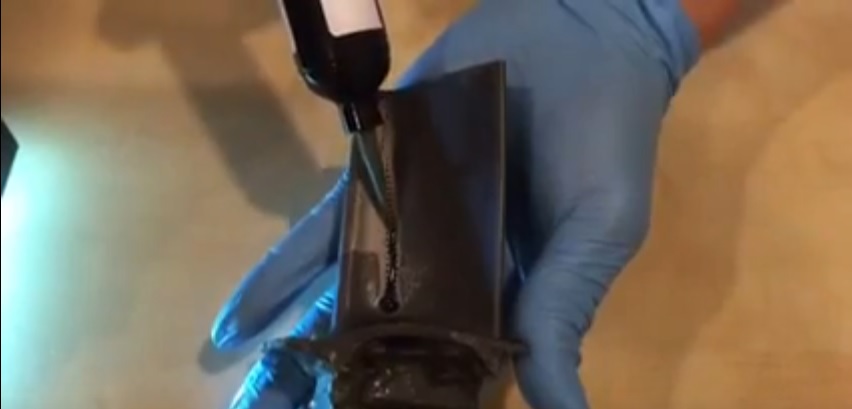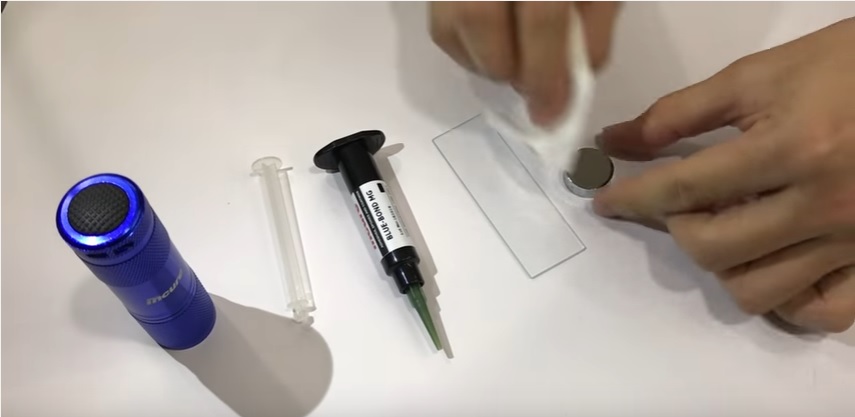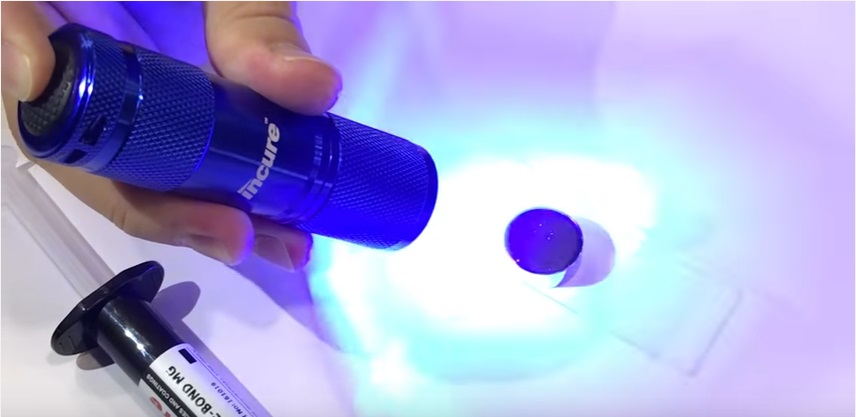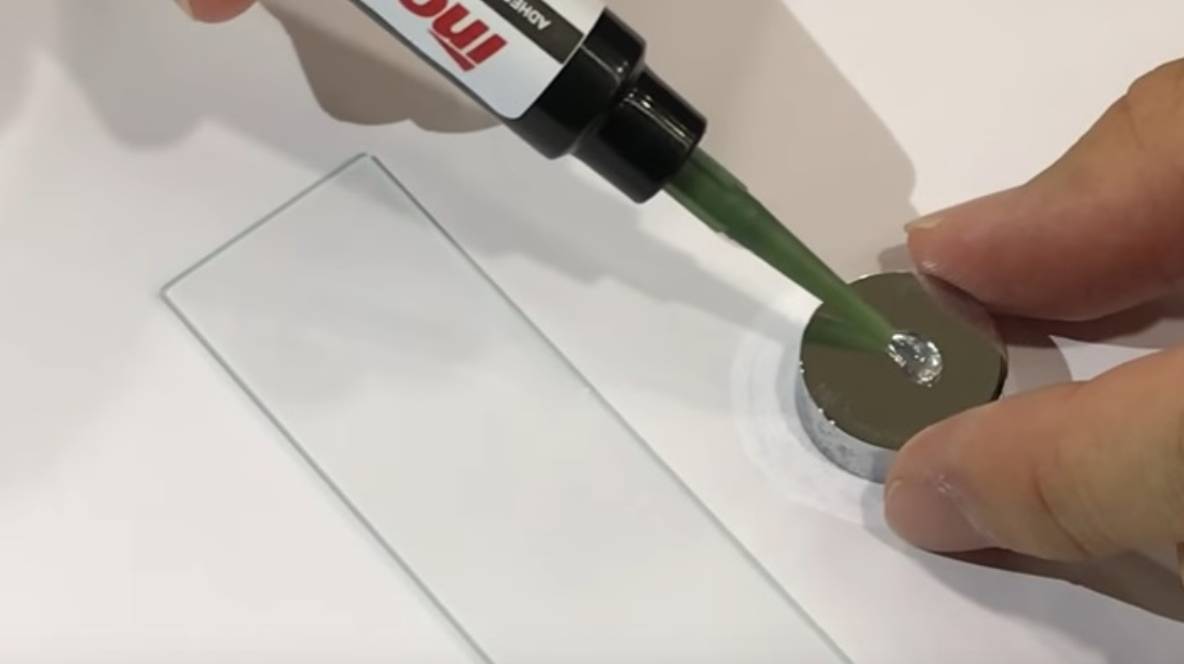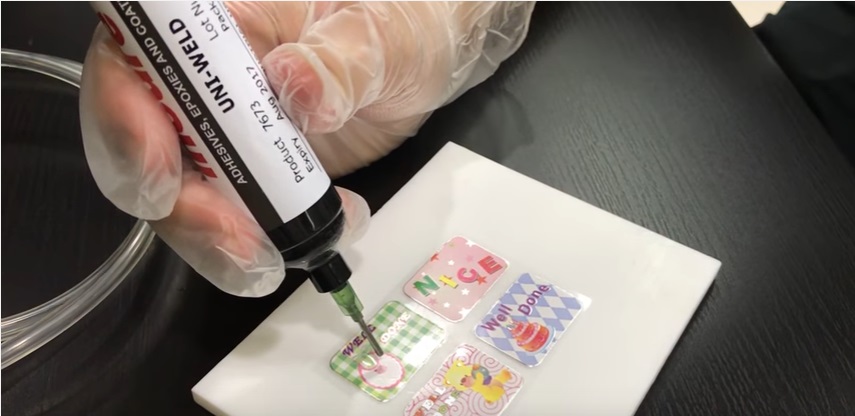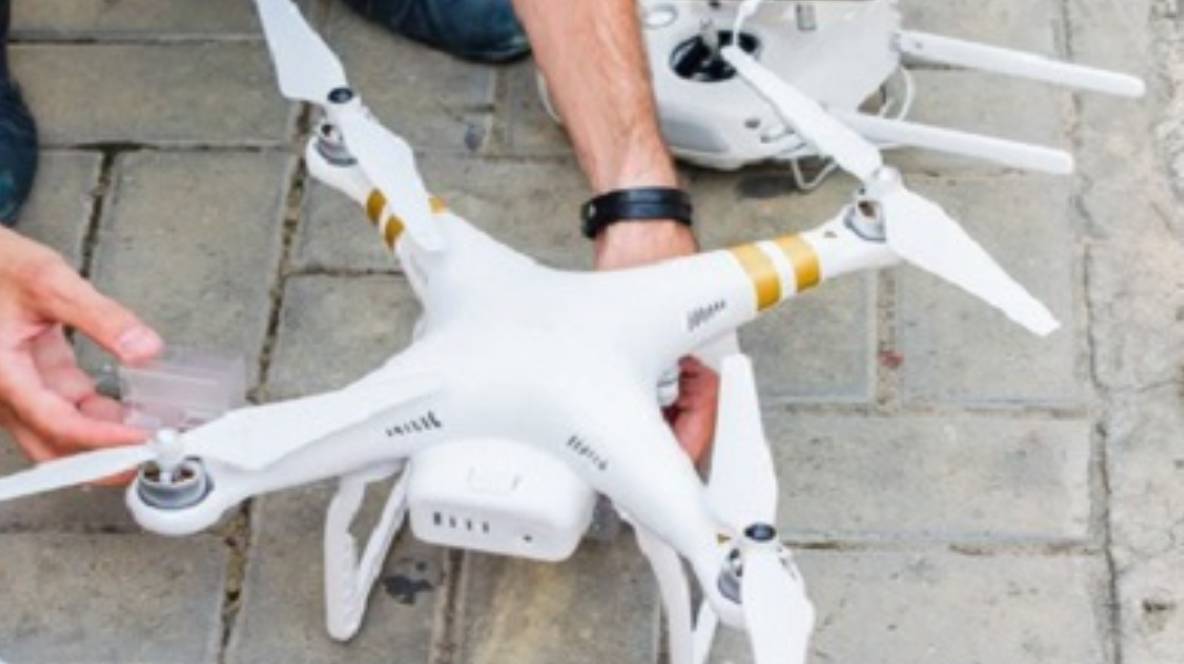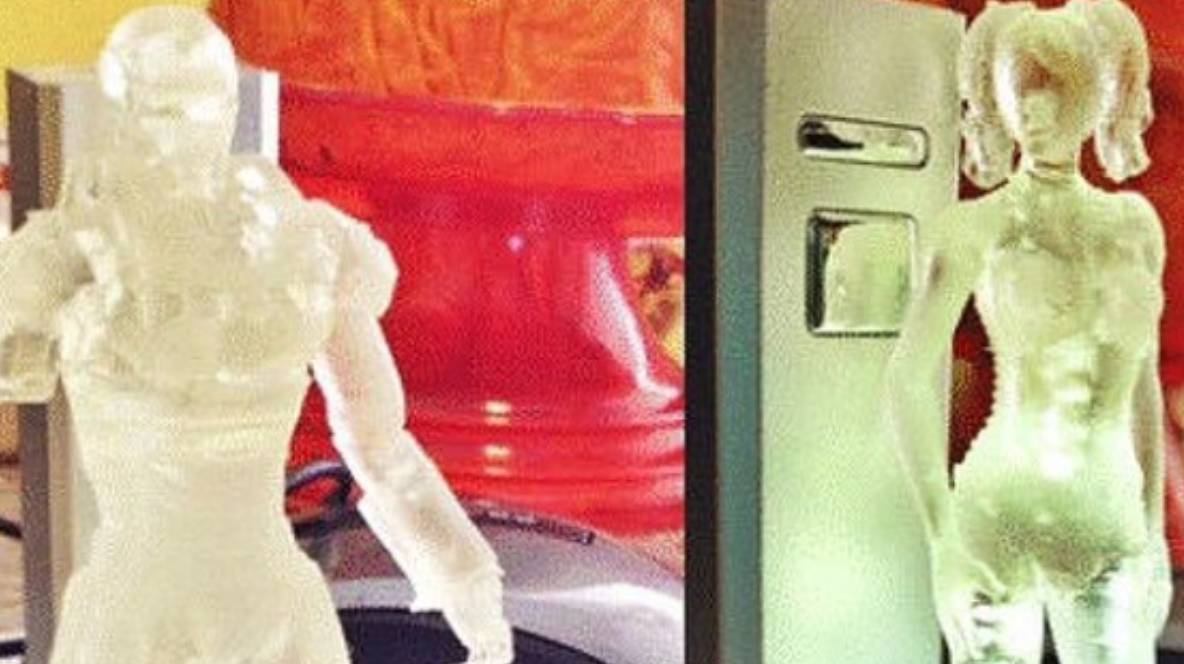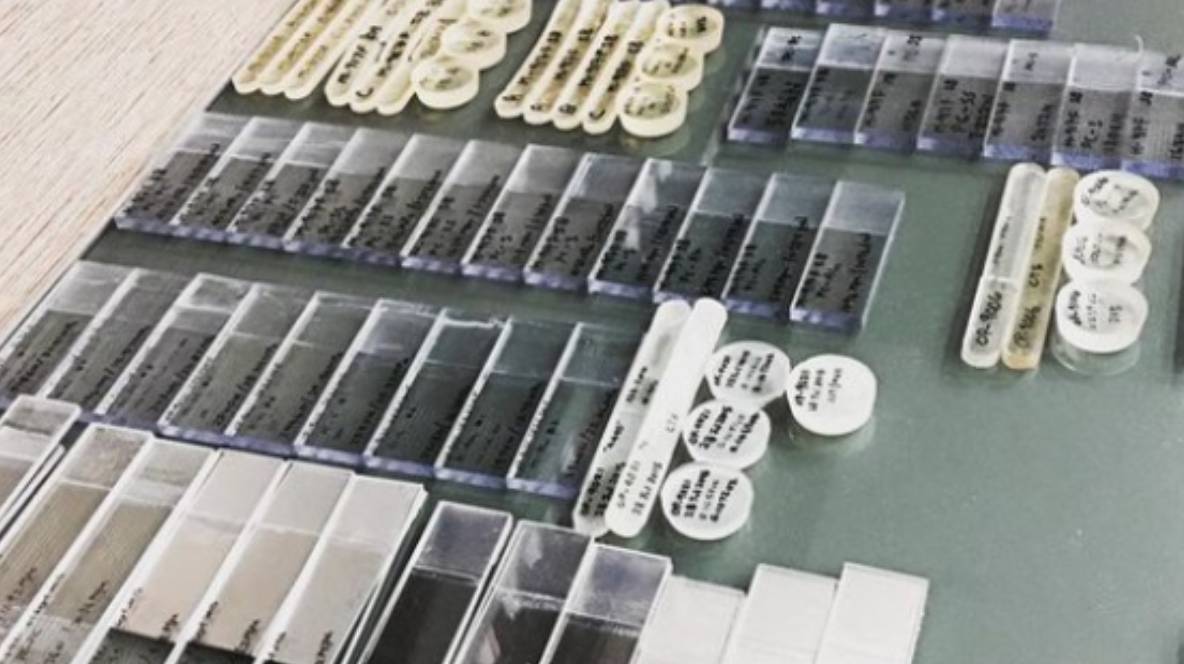Don’t Be Fooled by the Glow: Will a Blacklight Cure UV Glue?
In the realm of adhesives, UV glue stands out for its innovative light-activated curing process. But not all light is created equal! Crafters and hobbyists often wonder: Will a blacklight cure UV glue? The answer, unfortunately, is no. Here’s why a blacklight falls short in activating this powerful adhesive.
Understanding Light Wavelengths
Light is a spectrum of energy with varying wavelengths. Ultraviolet (UV) light occupies a specific range within this spectrum, invisible to the human eye. UV glue is formulated to react to these specific UV wavelengths, triggering the curing process.
Blacklights and Their (Limited) Light
Blacklights emit ultraviolet radiation, but with a much lower wavelength compared to the UV light needed for curing UV glue. Think of it like radio stations – a blacklight broadcasts on a different frequency than the one your UV glue is tuned to receive.
The Consequences for Curing
Since blacklights emit the wrong type of UV light, they won’t provide the necessary energy to activate the photosensitive components in UV glue. The glue might appear slightly thicker over time, but it won’t achieve the full strength and stability needed for a proper bond. It’s like trying to use a walkie-talkie to reach a satellite – the signal just won’t get through.
Alternatives for Light Activation
If you lack a dedicated UV lamp for curing your UV glue, here are a few options:
- Look for UV Glue Kits: Many UV glue products are sold as kits that include a small UV lamp specifically designed for curing the adhesive.
- Consider Super Glue: For situations requiring rapid bonding and lacking a UV lamp, traditional super glue (cyanoacrylate) offers a fast and convenient alternative that cures through a chemical reaction upon contact with moisture.
The Power of Proper UV Light
When used with a dedicated UV lamp that emits the appropriate wavelength, UV glue offers several advantages:
- Rapid Curing: Exposure to UV light triggers instant curing, perfect for projects requiring immediate bonding.
- Precise Application: Light-controlled curing allows for pinpoint application and minimal adhesive seepage, ideal for delicate repairs and intricate projects.
- Strong Bonds: UV glue forms durable bonds that can withstand significant stress in many applications.
- Minimal Heat Impact: Cures at room temperature, making it safe for heat-sensitive materials commonly used in electronics and delicate crafts.
The Takeaway: Embrace the Right Light for Strong Bonds
While blacklights might create a cool atmosphere, they won’t activate your UV glue. Understanding the specific light requirements ensures you leverage the full potential of UV glue for fast, precise, and secure bonding in various projects. So, invest in a proper UV lamp and unlock the true power of light-activated adhesion!
